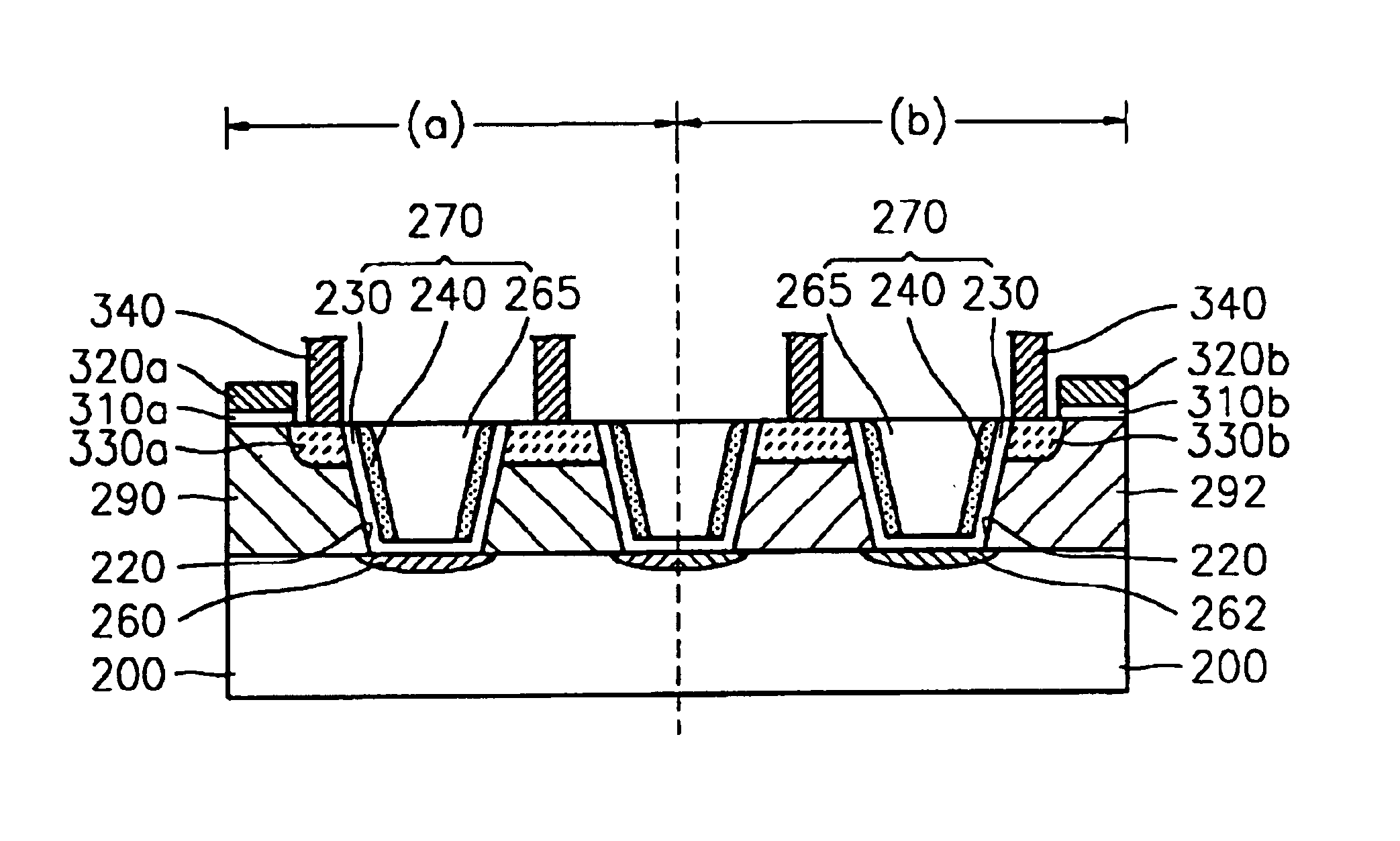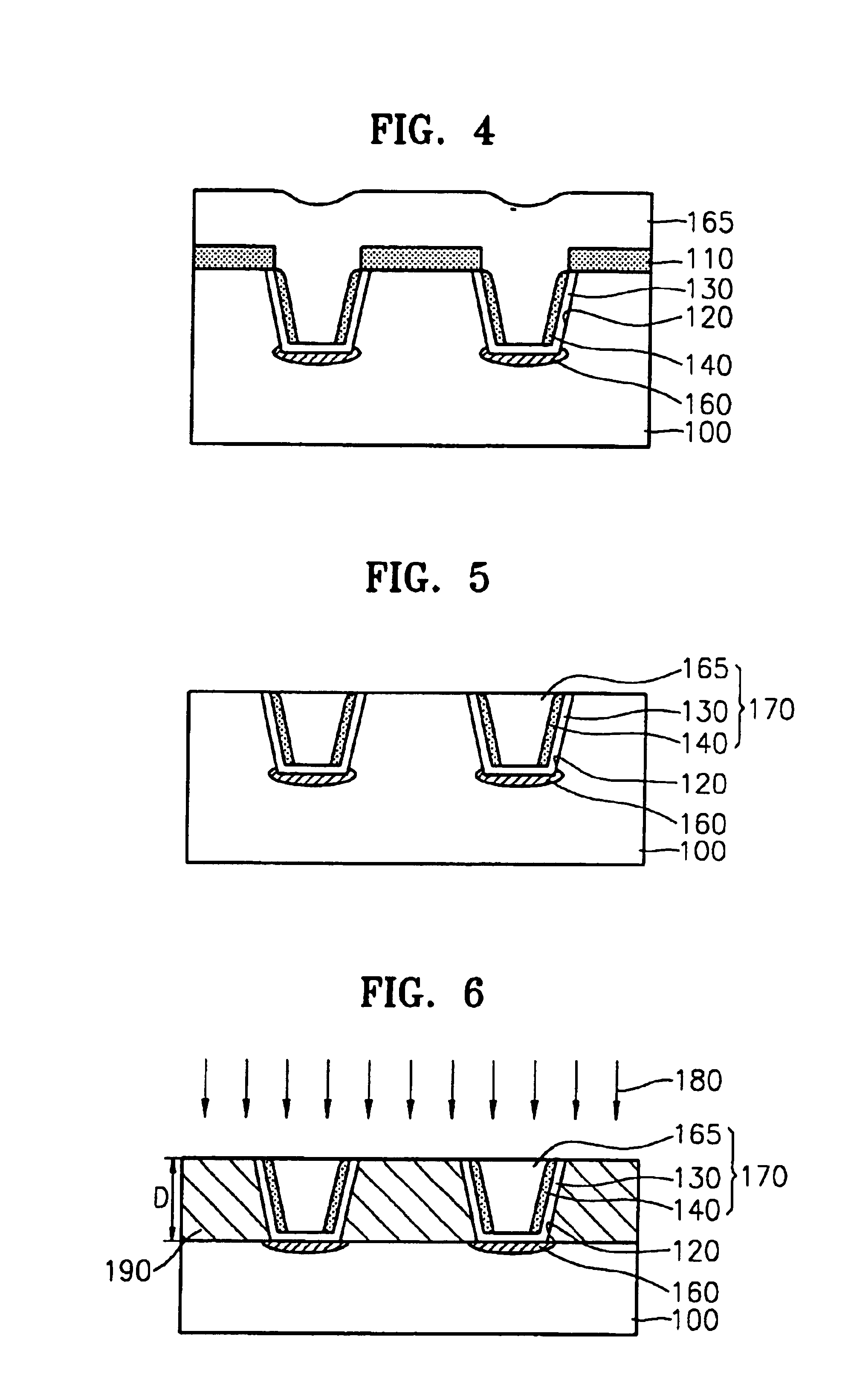Method for forming shallow well of semiconductor device using low-energy ion implantation
a technology of low-energy ion implantation and semiconductor devices, which is applied in the direction of semiconductor devices, electrical equipment, transistors, etc., can solve the problems of limiting the further reduction of chip sizes and the margin between adjacent wells, and achieve the effect of reducing well resistance and large well margin
- Summary
- Abstract
- Description
- Claims
- Application Information
AI Technical Summary
Benefits of technology
Problems solved by technology
Method used
Image
Examples
Embodiment Construction
The present invention will be described more fully hereinafter with reference to the accompanying drawings in which preferred embodiments of the invention are shown. This invention may, however, be embodied in many different forms and should not be construed as being limited to the embodiments set forth herein. Rather, these embodiments are provided so that this disclosure will be thorough and complete and will fully convey the scope of the invention to those skilled in the art. In the drawings, the forms of elements are exaggerated for clarity. Like reference numerals refer to like elements throughout the drawings.
FIGS. 1 through 6 are cross-sectional views illustrating an embodiment of a method for forming a shallow well according to the present invention.
Referring to FIG. 1, a pad nitride layer pattern 110 is formed on a semiconductor substrate 100. Then, the semiconductor substrate 100 is etched to a thickness of about 2500 to about 3000 Å, using the pad nitride layer pattern 11...
PUM
 Login to View More
Login to View More Abstract
Description
Claims
Application Information
 Login to View More
Login to View More - R&D
- Intellectual Property
- Life Sciences
- Materials
- Tech Scout
- Unparalleled Data Quality
- Higher Quality Content
- 60% Fewer Hallucinations
Browse by: Latest US Patents, China's latest patents, Technical Efficacy Thesaurus, Application Domain, Technology Topic, Popular Technical Reports.
© 2025 PatSnap. All rights reserved.Legal|Privacy policy|Modern Slavery Act Transparency Statement|Sitemap|About US| Contact US: help@patsnap.com



